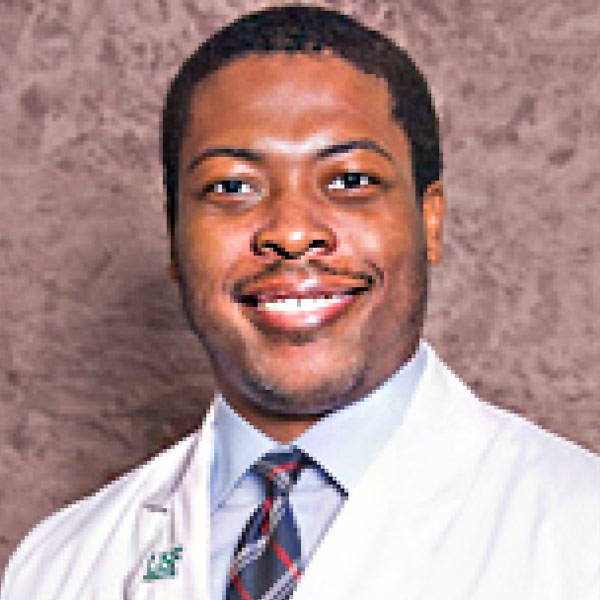Three Approaches to Improving Diversity and Inclusion Among Trainees

Diversity and inclusion have become an area of focus in many cardiology programs across the country. Everybody knows that the diversity within the cardiology faculty and trainees needs to improve. Though the problem is apparent, the solution is less so.
In this article, I highlight three innovative approaches to improving diversity within a cardiology fellowship program and the results that these approaches yielded.
Ohio State University

In 2005, the cardiology fellowship program at the Ohio State University amended their procedure for fellowship recruitment. Before the adjustments to the process, the program had never had a fellow who was an underrepresented minority.
The program made the following interventions:
- Developed a subcommittee comprised of program leadership and a recently hired African-American senior faculty interested in diversity and inclusion. This committee then specifically reviewed and ranked all underrepresented minority (URM) applicants.
- Members of this subcommittee delivered grand rounds at residency programs that traditionally had higher numbers of URMs. In addition, extra time was made available to meet and network with URMs from these programs.
- A stronger emphasis of mentorship showcased available resources for research and clinical pursuits.
- Deliberate, targeted post-interview communication improvedwith the interaction with highly competitive applicants.
After the program made these changes, Ohio Statematched a URM fellow in 5 consecutive application cycles (2008-2012), after never previously having any.
Duke University

In 2017, the cardiology fellowship program at Duke University matched no women and only 1 URM. They then started a quality improvement initiative to improve the representation in their program.
Some of their interventions included:
- Development of a "Diversity and Inclusion Task Force" to analyze the prior 10 years of data to identify potential areas of bias and devise a strategy for improvement going forward.
- A woman (and someone with previous experience working in D&I) was appointed cardiology fellowship program director.
- The program added more women and minoritiesto the fellowship recruitment committee and the program leadership.
- During the evaluation of applications, USMLE scores were no longer considered, the reviewers were blinded to applicant pictures, and the URMs independently reviewed all URM applicants on the fellowship recruitment committee.
The applicants' interests tailored individual interviews to promote potential mentors.Similarly to Ohio State, Duke improved their diversity after these changes. The percentage of women increased from 23% to 54%, and the percentage of URMs increased from 9.7% to 33%.
Women in Thoracic Surgery

Women have historically been underrepresented in cardiothoracic surgery since the development of the field. In 2005, Women in Thoracic Surgery (WTS) began giving scholarships to select medical students, residents, and fellows to help encourage women to pursue careers in thoracic surgery. Through the scholarship, the recipient would attend the annual Society of Thoracic Surgery meeting and assigned a mentor who could provide them guidance through the remainder of their training.
Since implementing this program, 106 scholarships have been given out (38 to medical students, 41 to general surgery residents, and 27 to cardiothoracic surgery residents or fellows). Based on the data so far, this scholarship has impacted the number of women pursuing cardiothoracic surgery compared to their counterparts who did not receive the scholarship.
Of the medical student recipients, 26% entered an integrated Cardiothoracic surgery (CTS) residency, compared with 0.1% of all other medical students, and 37% pursued general surgery compared with 4.8% of medical students. Of the general surgery recipients, 57% entered CTS fellowship (compared to 7.7% of other general surgery residents). Surveys of the scholarship recipients showed that they all reported the scholarship as being valuable in their development.
Looking Ahead
One main takeaway from these studies is the importance of mentorship. All three programs, Ohio State, Duke, WTS, emphasize mentorship from older generations of physicians. Improving diversity among applicants also requires improving diversity within the faculty ranks. The presence of a diverse faculty not only allows for a more fair and comprehensive trainee recruitment process but also gives the program credibility among applications. Minority applicants know which programs seem to hire diverse candidates as attendings, and it makes a big difference in deciding where to train.
The results from all three of these programs were impressive and highlighted fundamental issues concerning diversity and inclusion initiatives. For any program considering what to do to improve its diversity, the first and most crucial strategy must be a commitment to change. In the cases of Ohio State and Duke, both programs made a structural change to how they evaluated applicants and persisted with it. The fine details can vary, but if there is a deliberate goal and buy-in from the entire department to appeal to more women and minorities, there will likely be positive results.

This article was authored by Chinedu Madu, MD, a fellow in advanced cardiac imaging at the University of South Florida, Morsani College of Medicine.
This content was developed independently from the content developed for ACC.org. This content was not reviewed by the American College of Cardiology (ACC) for medical accuracy and the content is provided on an "as is" basis. Inclusion on ACC.org does not constitute a guarantee or endorsement by the ACC and ACC makes no warranty that the content is accurate, complete or error-free. The content is not a substitute for personalized medical advice and is not intended to be used as the sole basis for making individualized medical or health-related decisions. Statements or opinions expressed in this content reflect the views of the authors and do not reflect the official policy of ACC.

